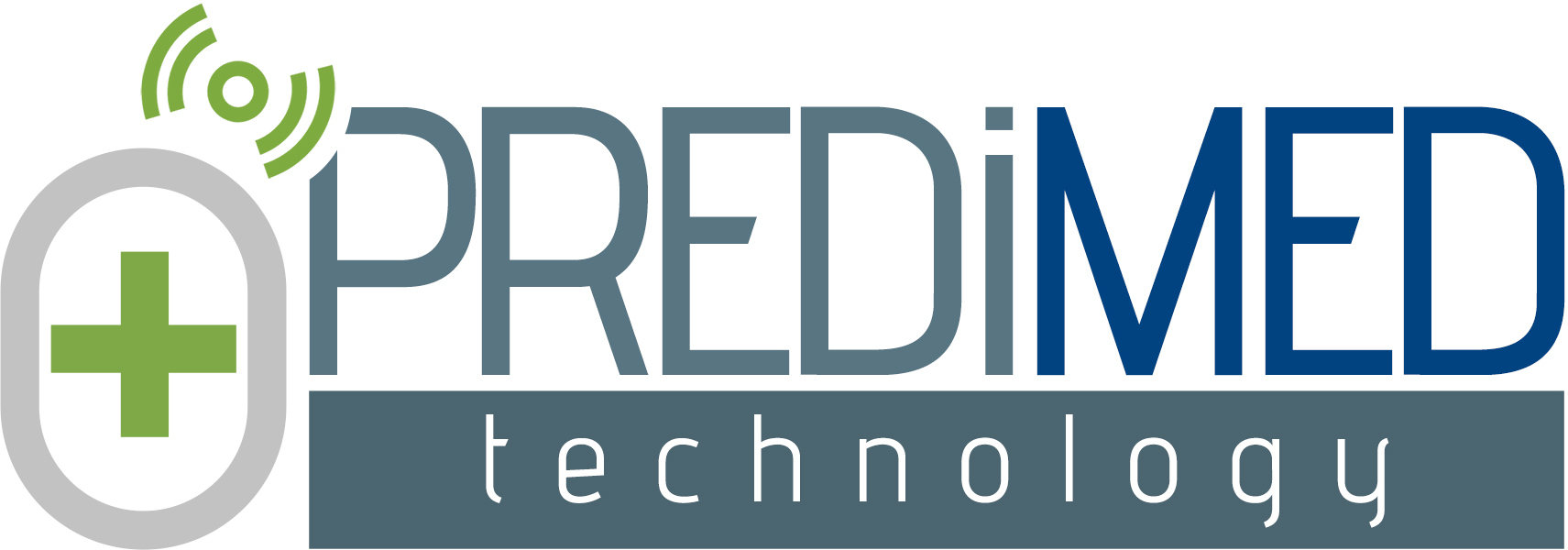Abrar-Ahmad Zulfiqar, Nadir Kadri, Jean Doucet, Amir Hajjam, Samy Talha, Mohamed Hajjam, Jawad Hajjam, Sylvie Erve, Bernard Gény, Dominique Letourneau, et al.
Abstract
The aim of the GER-e-TEC™ project is to study the contribution of telemonitoring residents in nursing homes of Rouen University Hospital, with a structuring and recording of medical care in order to avoid situations of acute decompensation and complication of geriatric risks. E-care platform will provide personalized care for the main geriatric risks, to avoid the occurrence of an acute decompensation factor in the elderly patient. The collection of information by the platform will increase knowledge of the patients and provide a particularly effective tool for transmission between nursing staff and general practitioners in nursing homes. This information collection will allow the extraction of markers to improve the early detection of any decompensation and thus improve patient monitoring and reduce the number of hospitalizations. The platform will also provide any paramedical and medical health professional with the resident’s geriatric data, which will be updated regularly, including the anthropometric, nutritional, cognitive and iatrogenic data, constituting a real illustration integrated into the electronic platform of the standardized gerontological evaluation, thanks to simple and non-time-consuming measures. Geriatric risks will include the risk of falling, constipation, dehydration, confusion, iatrogenicity, undernutrition, heart failure, diabetes, infections and bedsores. This study will start in April 2019


